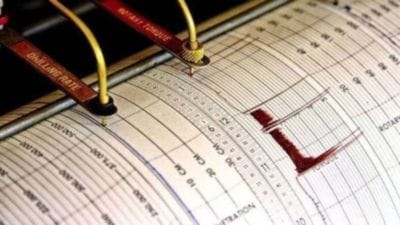The dark side of solar
According to a new study,the planned solar energy systems in India and China will be responsible for large-scale lead pollution to the tune of a third of the worlds 2009 lead production.
For those of us who look at solar energy as a means to environmentally sustainable living,here is an unpleasant surprise. According to a new study,the planned solar energy systems in India and China will be responsible for large-scale lead pollution to the tune of a third of the worlds 2009 lead production.
Solar photovoltaic systems rely heavily on lead acid batteries to store energy captured during the day,with 550 kg or more of battery required for every kW of installed solar capacity. With India planning to add 12 GW of PV solar power by 2022 and to distribute 20 million solar lanterns in villages,the requirement for lead acid batteries in the country is expected to exceed 7,000 kilo tonne. According to a paper,which will soon appear in the international journal Energy Policy,this would cause a lead loss of 2,030 kilo tonne over the lifespan of the systems (for China,which has set its solar targets lower,the figure is 386 kilo tonne).
Loss rate is an expression of emissions per weight of input, said Perry Gottesfeld,of Knowledge International,San Francisco,and lead author of the paper,in an email interview. Lead loss is lead either released into soil,air or water. This occurs in all mining/smelting activities,but because lead was historically cheaper than other metals,loss rates are much higher. The biggest problem is when you heat lead (for primary smelting,recycling and during battery manufacturing) you are releasing airborne lead, he said.
According to the paper,Indias loss rate per unit of installed solar capacity is 8.5 kg of lead loss per kW-year of installed solar PV capacity. The mining sector loses 727 kt,133 kt are lost during fabrication and manufacture,444 kt are lost during recycling processes,and 727 kt are lost from imported lead. Less than 2 per cent of the losses are from solar lantern batteries. The composite loss rate in India is 22 per cent of lead output,where 13 per cent is lost during mining processes, the authors write.
Despite the fact that environmental lead exposure is a serious threat to healthespecially in children,with harmful effects on the heart,kidneys and the brainthere is little talk of the danger of emissions from off-grid solar power systems. Talking to The Indian Express,Krishnappa Subramanya,CEO of Tata BP Solar,said that due to lack of advances in battery technology,lead acid batteries are likely to remain the workhorse of the solar industry. I have been in this industry for 30 years. I dont see any major changes in battery technology. Also,the lead battery recycling industry in India is very well established. There is nothing to be alarmed about, he said.
Gottesfeld said there remains a lot of scope for improvement in lead smelting and recycling in India. In our paper,we specifically call for third party certification for lead battery manufacturing to begin as soon as possible. This can be one way to motivate the more responsible companies. Major battery purchasers can also demand that their suppliers become certified in order to continue to supply to the solar industry, he said.
The paper sums up alternatives to lead acid batteriessuch as lithium ion batteriesbut concludes that these are likely to remain costly in the foreseeable future.
Photos



- 01
- 02
- 03
- 04
- 05




























